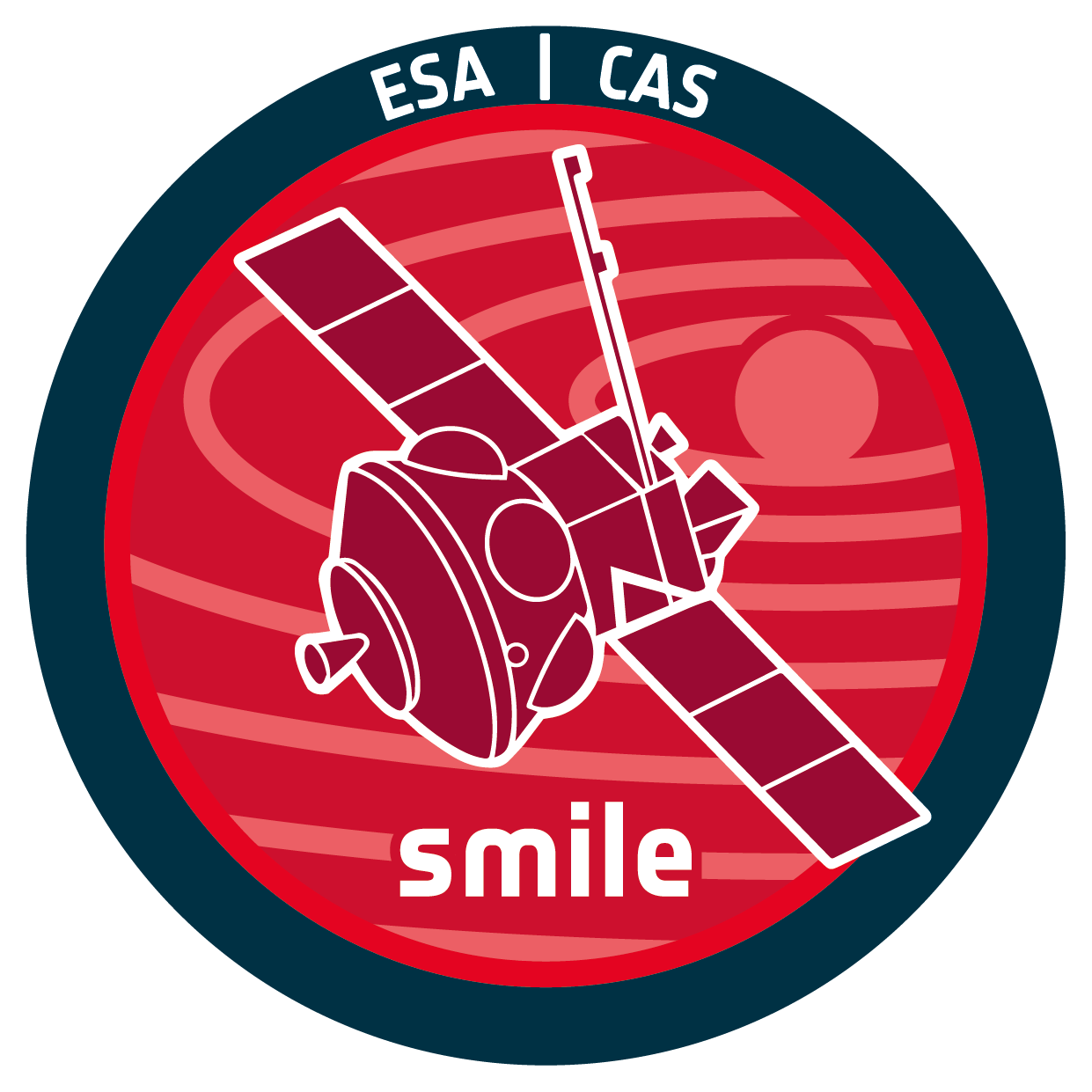Instruments - SMILE
SMILE
Solar wind-Magnetosphere-Ionosphere Link Explorer
INSTRUMENTS
SMILE's payload consists of two imaging instruments – the wide field of view soft X-ray imager (SXI) and an auroral ultraviolet imager (UVI) – and an in situ measurement package working in conjunction with the imagers to explore the properties of the solar wind. This package, built using knowledge and experience gleaned from past missions including ESA's Cluster and ESA-CNSA Double Star fleets, contains a light ion analyser (LIA) and a magnetometer (MAG).
|
||||||
|
||||||
|
||||||
|
||||||
- Removed a total of (6) style text-align:center;
- Removed a total of (19) style text-align:justify;
- Removed a total of (44) style margin:0;
- Removed a total of (45) style padding:0;
- Removed a total of (1) border attribute.
- Removed a total of (5) cellpadding attribute.
- Removed a total of (5) cellspacing attribute.








































 Sign in
Sign in
 Science & Technology
Science & Technology




